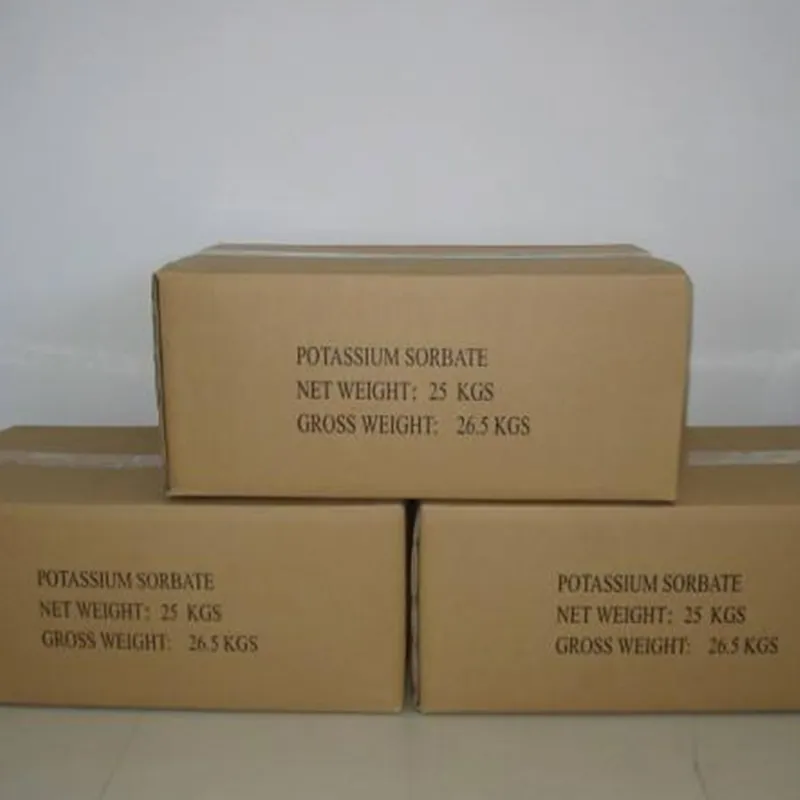
formic acid price
The Dynamics of Formic Acid Prices in Global Markets
Formic acid, a simple carboxylic acid with the chemical formula HCOOH, is widely used in various industrial applications, making its price a significant factor for numerous sectors. The compound is utilized in leather production, textile dyeing, agriculture as a herbicide, and in the food industry as a preservative and antibacterial agent. Given its diverse applications, the price dynamics of formic acid can provide insights into broader economic trends and sectoral developments.
Factors Influencing Formic Acid Prices
The pricing of formic acid is influenced by several interrelated factors, including production costs, demand and supply dynamics, and the broader economic environment. The primary raw materials used in the production of formic acid are methanol and carbon monoxide. Variability in the prices of these feedstocks can significantly impact the cost structure of formic acid manufacturers. For instance, fluctuations in crude oil prices can lead to changes in methanol prices, subsequently affecting formic acid pricing.
Furthermore, formic acid is produced through several methods, including the two-step process of carbonylation of methanol which is energy-intensive, thus making energy costs another vital consideration. Given the global push for sustainability and the increasing costs associated with fossil fuel-derived energy, producers may face challenges in maintaining profit margins if energy prices continue to rise.
Global Demand Trends
On the demand side, the agricultural sector is a significant consumer of formic acid, primarily in the production of silage and as a feed additive. The growing global population and rising food demand spur the agricultural sector's growth, boosting the need for formic acid. Additionally, the leather and textiles industries also play a pivotal role in driving demand. As emerging economies continue to industrialize, the demand for these goods, and consequently for formic acid, is expected to rise.
formic acid price

Geopolitical factors can also play a considerable role in shaping demand. Trade disputes, tariffs, and regulatory changes can create uncertainties that impact market dynamics and, hence, prices. For instance, any policy changes in major producing countries, such as China and Germany, can lead to sudden price shifts in global markets.
Market Outlook
Looking ahead, the outlook for formic acid prices seems to be affected by multiple trends. Sustainable practices and green chemistry initiatives are becoming increasingly important, influencing production methods. Companies are investing in more eco-friendly production technologies that may initially raise costs but promise long-term sustainability in operations. As more companies pivot towards these practices, the transition phase may lead to temporary price increases.
Moreover, the cyclical nature of key industries, such as automotive and construction, significantly influences demand for formic acid. Economic downturns can curtail production and consumption, leading to excess supply and reduced prices. Conversely, economic booms can create supply shortages and drive prices up.
Conclusion
In summary, the price of formic acid is a complex interplay of production costs, global demand, and macroeconomic factors. As industries evolve and adapt to new environmental standards, the dynamics of formic acid pricing will likely continue to shift. Stakeholders, including manufacturers and consumers, must stay informed about these changes to navigate the economic landscape effectively. Future pricing trends will depend not just on local market conditions but also on global interdependencies that characterize modern supply chains. Thus, understanding the nuances of formic acid pricing is vital for industries reliant on this vital chemical.
-
Why Glacial Acetic Acid Food Grade Is Essential in FlavorNewsMay.26,2025
-
Surging Export Growth of Food Additives in ChinaNewsMay.26,2025
-
How Ammonium Nitrate Fertilizer Boosts Crop YieldsNewsMay.26,2025
-
How 1,2,3-Benzotriazole Shields Plastics from UV DegradationNewsMay.26,2025
-
Cyanide in Gold Mining: Protecting People and the PlanetNewsMay.26,2025
-
Aluminum Hydroxide in Modern Sunscreen FormulationsNewsMay.26,2025
-
Understanding Synthetic Rubber OptionsNewsApr.27,2025
Hebei Tenger Chemical Technology Co., Ltd. focuses on the chemical industry and is committed to the export service of chemical raw materials.
-

view more DiethanolisopropanolamineIn the ever-growing field of chemical solutions, diethanolisopropanolamine (DEIPA) stands out as a versatile and important compound. Due to its unique chemical structure and properties, DEIPA is of interest to various industries including construction, personal care, and agriculture. -

view more TriisopropanolamineTriisopropanolamine (TIPA) alkanol amine substance, is a kind of alcohol amine compound with amino and alcohol hydroxyl, and because of its molecules contains both amino and hydroxyl. -

view more Tetramethyl Thiuram DisulfideTetramethyl thiuram disulfide, also known as TMTD, is a white to light-yellow powder with a distinct sulfur-like odor. It is soluble in organic solvents such as benzene, acetone, and ethyl acetate, making it highly versatile for use in different formulations. TMTD is known for its excellent vulcanization acceleration properties, which makes it a key ingredient in the production of rubber products. Additionally, it acts as an effective fungicide and bactericide, making it valuable in agricultural applications. Its high purity and stability ensure consistent performance, making it a preferred choice for manufacturers across various industries.











